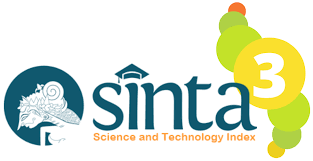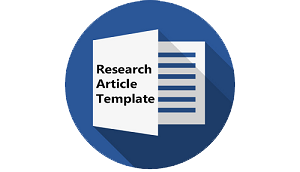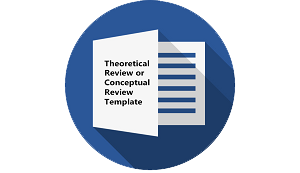ERRORS IN THE CLASSROOM: DILEMMAS AND PRACTICES
DOI:
https://doi.org/10.30957/lingua.v12i2.28Keywords:
error, dilemma, error treatmentAbstract
Human learning is fundamentally a process that involves the making of errors. But the issue of error and how errors are treated in the classroom is still dilemma for many teachers. One learning approach stated that error correction was avoided, because it makes learners shut off their attempts at communication. However, other learning approaches stated that correction was highly valued, to increase students’ motivation in learning. For the best decision, teacher can use  five key questions dealing with errors’ treatment: (1) should learners’  errors be corrected ?; (2) when should learners’ errors be corrected?; (3) which errors should be corrected?; (4) how should learners’ errors be corrected; and (5) who should do the correcting?
Downloads
Downloads
Published
How to Cite
Issue
Section
License
Authors who publish with this journal agree to the following terms:
- Authors retain copyright and grant the journal right of first publication with the work simultaneously licensed under a Creative Commons Attribution-ShareAlike 4.0 International License that allows others to share the work with an acknowledgement of the work's authorship and initial publication in this journal.
- Authors are able to enter into separate, additional contractual arrangements for the non-exclusive distribution of the journal's published version of the work (e.g., post it to an institutional repository or publish it in a book), with an acknowledgement of its initial publication in this journal.
- Authors are permitted and encouraged to post their work online (e.g., in institutional repositories or on their website) prior to and during the submission process, as it can lead to productive exchanges, as well as earlier and greater citation of published work (See The Effect of Open Access).















